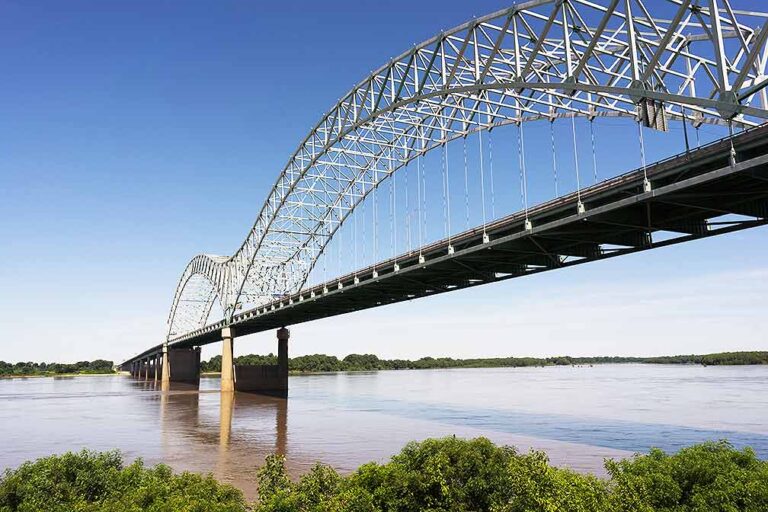WASHINGTON — The interval between inspections of America’s highway bridges is about to get longer following the May 6 issuance of a final ruling by the Federal Highway Administration (FHWA).
This new rule will extend inspection requirements for many bridges from two years to four years — and in some cases, six years.
FHWA’s new requirements update the National Bridge Inspection Standards (NBIS) program, which maintains a bridge inventory and reports bridge inspection results — particularly critical findings of structural or safety-related deficiencies — to the FHWA.
The FHWA said the new rule also repeals two outdated regulations, the Highway Bridge Replacement and Rehabilitation Program and the Discretionary Bridge Candidate Rating Factor.
The Moving Ahead for Progress in the 21st Century Act (MAP-21) required the Secretary of Transportation to update the NBIS. Through this final rule, the FHWA updates the NBIS to address MAP-21 requirements, incorporates technological advancements including the use of unmanned aircraft systems, and addresses ambiguities identified since the last update to the regulation in 2009.
The regulations prescribe the permissible inspection intervals for bridges, including options for more rigorous, risk-based intervals based on the consideration of certain factors. They also provide options for establishing inspection intervals for each inspection type. An inspection interval tolerance of three months beyond the inspection date is included.
Specific criteria have been established to allow for extended routine inspection intervals up to 48 months — and up to 72 months for underwater inspections. Requirements are described to enable the establishment of more rigorous, risk-based intervals in consideration of certain factors associated with bridges for routine, underwater and nonredundant steel tension member inspections that would allow some inspection intervals to be up to 72 months.
The FHWA’s final rule goes into effect June 6, 2022.
One of the bridges that will be affected by the new law is the Interstate 40 bridge that connects Memphis, Tennessee, and West Memphis, Arkansas. That bridge was closed just last year after crews discovered a major crack in a structural beam on May 11, 2021.
Thousands of cars, trucks and tractor-trailers pass over the I-40 bridge every day of the year. When the crack, which was deemed to be a critical danger to the bridge’s structural integrity, was discovered, the bridge was shut down almost immediately. In addition to halting traffic on I-40, barge traffic on the Mississippi River under the bridge was temporarily blocked.
The eastbound lanes of the I-40 bridge were reopened July 31, 2021, and the westbound lanes were reopened Aug. 2, 2021.
“The Tennessee DOT continues to review the new NBIS rules,” said Ted A. Kniazewycz, director of structures division at TDOT. “There are many changes that will provide long-term benefits to our program. There is also a considerable amount of new work that will be required to update the documentation on our inventory of over 20,000 bridges. We understand that the new rules will be phased in over the next six years, and we are working with our staff and IT teams to update our computer systems and records to meet the new rule requirements.”
Joseph Price has been a journalist for almost two decades. He began in community media in 2005 and has since worked at media outlets in Virginia and Arkansas. He is also a commercial drone pilot and video editor. He hosts a weekly community radio show focused on goth, metal and industrial music that airs Wednesday evenings at 6 p.m. at www.kuhsradio.org.















What the hell is the matter with this country? Have we gotten so lazy that people’s lives don’t matter? Bridge inspections and roads should be done MORE often, not less. Are lives at a premium? And what about tunnels? That Memphis bridge is a good example of laziness. The expansion doesn’t have much support. No, no, the thinking is wrong. Lives are not expendable.